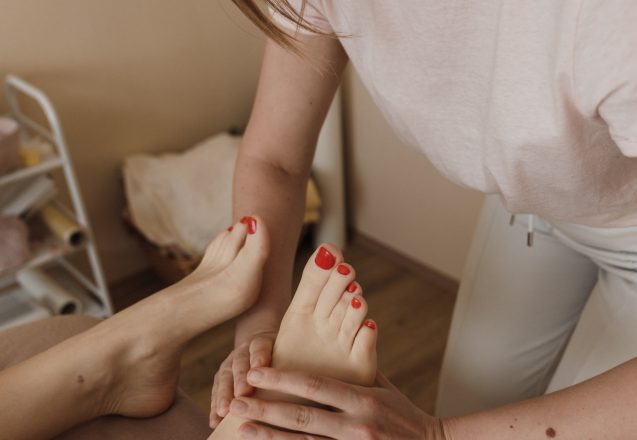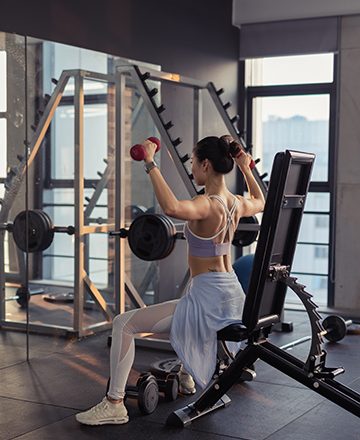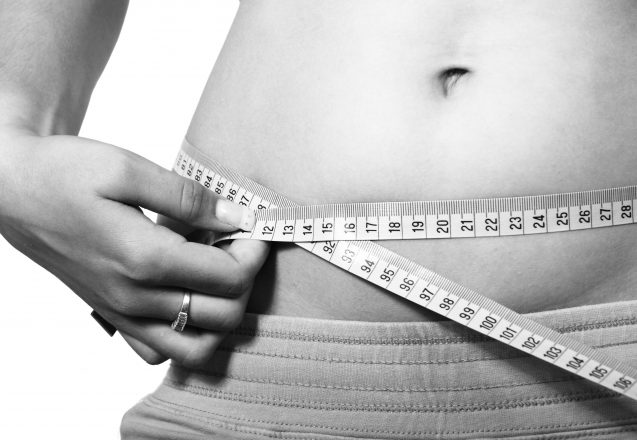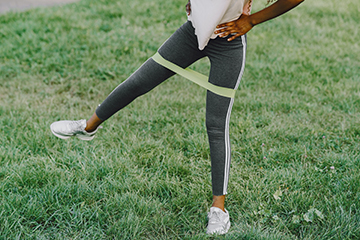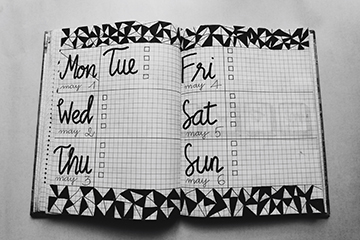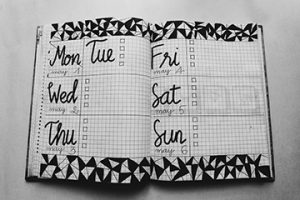Can I Do Cardio With My Planter Fasciitis?
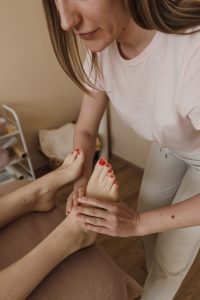 If you’re constantly pounding the pavement or doing cardio that involves jumping repetitively, you could end up with plantar fasciitis. The plantar fascia attaches to the bone in the heel and goes to the base of the toes. This ligament absorbs the shock of both jumping and running. That impact can cause tiny tears and gets inflamed, which causes it to thicken with scar tissue, creating even more damage.
If you’re constantly pounding the pavement or doing cardio that involves jumping repetitively, you could end up with plantar fasciitis. The plantar fascia attaches to the bone in the heel and goes to the base of the toes. This ligament absorbs the shock of both jumping and running. That impact can cause tiny tears and gets inflamed, which causes it to thicken with scar tissue, creating even more damage.
Take the pressure off your feet in water.
Not every cardio workout involves sudden pressure on the foot. For instance, running in water involves almost none. If you don’t want to test the potential for injury, just go for a swim both are exceptional cardio. Try doing battle ropes from a seated position or modify others that don’t cause chronic pressure, by going on the balls of the feet and suddenly turning or eliminate the potential of pounding. .
More traditional cardio workouts don’t involve the feet.
A rowing machine doesn’t require you to balance on your foot or move them. Neither does elliptical machines or step machines. These are all good forms of cardio exercise that don’t require any impact on the feet. Standing in place and doing extended jumping jacks, without the action of jumping, which means you just move your arms up and cross at the top and then bring them down to cross at the bottom, can also provide a cardio workout.
Build the strength in your plantar fascia with stretches.
While none of these should ever be used without checking with your health care professional first, these are useful for slowing the progress of plantar fasciitis. Toe curls are done sitting up straight with feet flat on the floor, as you raise your heels, keep your toes on the floor and then squeeze the heel and ball of the foot and lower. Stretching the big toe, wiggling your toes and stretching them, towel pulls, wall pushes and rolling a tennis ball on the arch of your foot can strengthen and relax the muscle.
- Do you do standing butt kicks and find they cause some pain? Switch them out. Replace them with donkey kicks done on the hands and knees.
- Not only can stretching help keep your feet safer, so does wearing good shoes. Wearing ill fitting shoes or ones that aren’t supportive can cause more damage.
- You can change strength training to a combo strength and cardio. Use lighter weights and more reps or create a circuit training workout with little rest between exercises.
- Getting cardio doesn’t have to be hard. While running and jumping may be out, eliminating jogging and things like basketball. You may have to modify your workout to avoid any potential pounding, but it’s worth it and not really difficult.
For more information, contact us today at One Love Chino
 13609 Central Ave, Ste E Chino, CA 91710
13609 Central Ave, Ste E Chino, CA 91710

